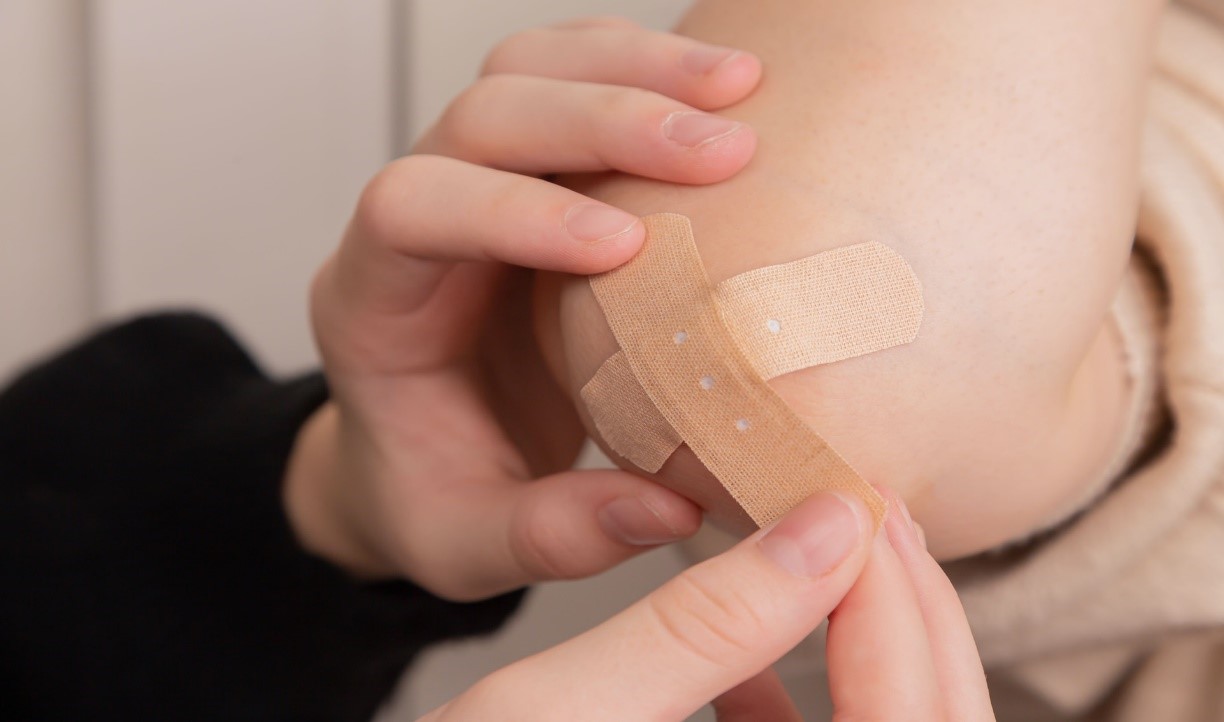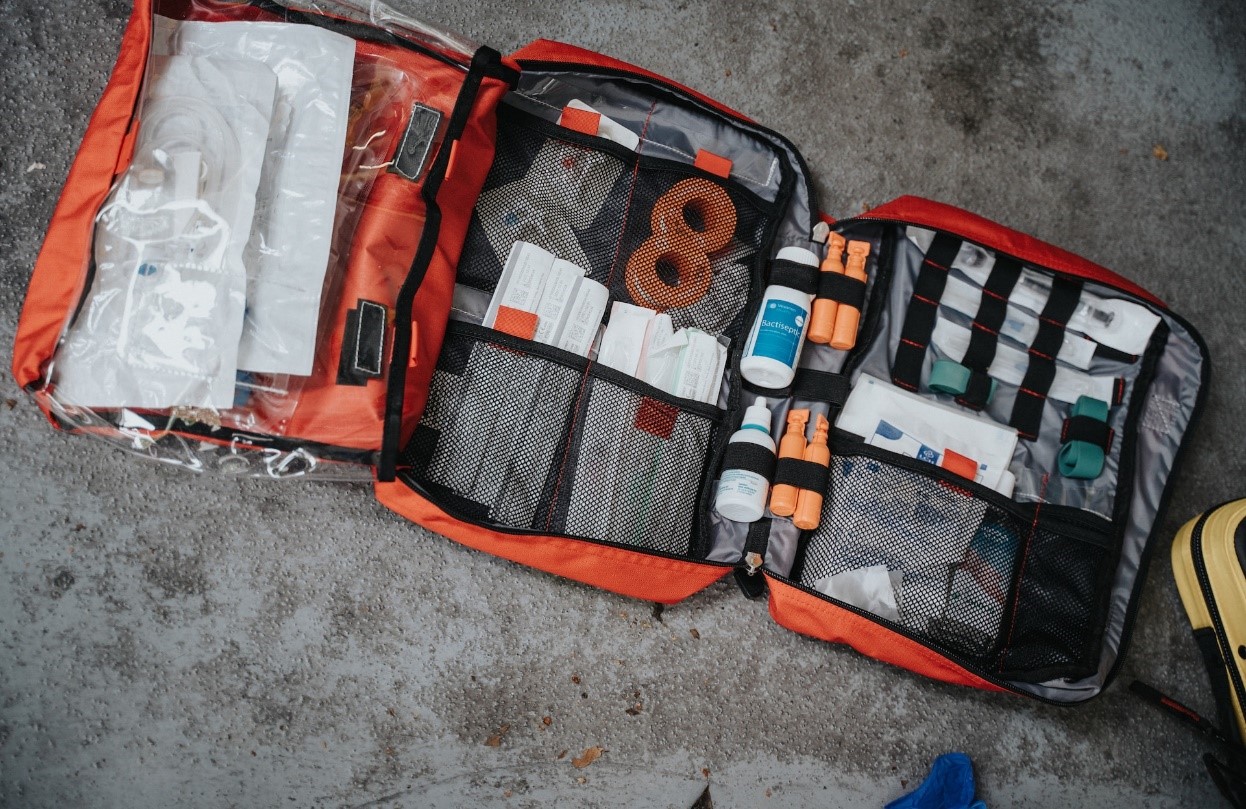Environmental Emergencies

Figure 1. Environmental Emergencies.
Figure 1 shows environmental emergencies. Welcome to the fourth part of our First Aid 101 series. In this segment, we'll discuss how to handle environmental emergencies, which can arise from extreme weather conditions or exposure to the elements.
Step 11: Hypothermia and Frostbite
Hypothermia occurs when the body loses heat faster than it can produce it. Frostbite is the freezing of body tissues. Here's how to respond:
Hypothermia:
- Move to a Warm Place: Get the person out of the cold and into a warm environment.
- Remove Wet Clothing: Replace wet clothing with dry, warm clothing or blankets.
- Warm Gradually: Warm the person slowly using blankets, warm liquids, and direct skin-to-skin contact.
Frostbite:
- Move Inside: Get the person indoors or to a warmer place.
- Warm Water Soak: Immerse the frostbitten area in warm water (not hot) for 15-30 minutes.
- Avoid Rubbing: Do not rub or massage frostbitten skin. [1]
Step 12: Heat Stroke and Dehydration
Excessive heat and dehydration can lead to serious health issues:
Heat Stroke:
- Move to a Cooler Place: Get the person to a shaded or air-conditioned area.
- Cool Down: Apply cold, wet cloths to the person's skin and fan them.
- Hydrate: Offer small sips of water if the person is conscious. [1]
Dehydration:
- Rehydrate: Give the person water or an oral rehydration solution (ORS) to replenish fluids.
- Avoid Caffeine and Alcohol: These can worsen dehydration.
Step 13: Insect Bites and Stings
Insects can cause discomfort and allergic reactions:
Bee/Wasp Sting:
- Remove Stinger: Use a scraping motion to remove the stinger. Do not pinch it.
- Apply Cold: Use a cold compress to reduce pain and swelling.
Tick Bites:
- Use Tweezers: Gently grasp the tick close to the skin's surface and pull upward with steady, even pressure.
- Wash the Area: Cleanse the bite with soap and water.
Step 14: Sunburn
Excessive sun exposure can cause sunburn:
- Cool Compresses: Apply cold, damp cloths to the sunburned area.
- Hydrate: Drink plenty of water to stay hydrated.
- Aloe Vera: Apply aloe vera gel to soothe the skin.
Remember, prevention is key in environmental emergencies. Dress appropriately for the weather, stay hydrated, and be aware of your surroundings. In the final part of our series, we'll discuss the essentials of a well-equipped first aid kit and provide additional tips for effective first aid response.
References:
- https://nhcps.com/lesson/cpr-first-aid-environmental-injury-illnesses/
Cite this article:
Hana M (2023), First Aid 101, AnaTechmaz, pp.4





